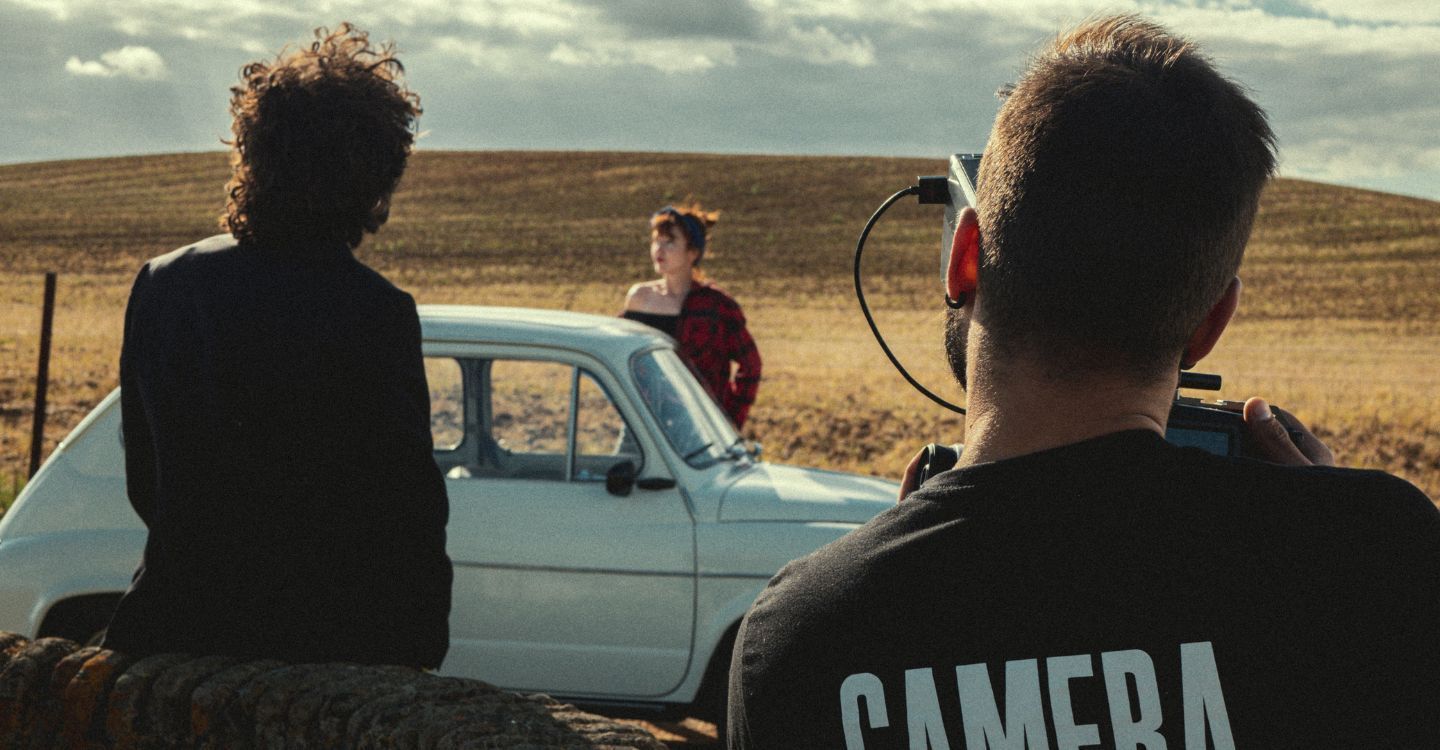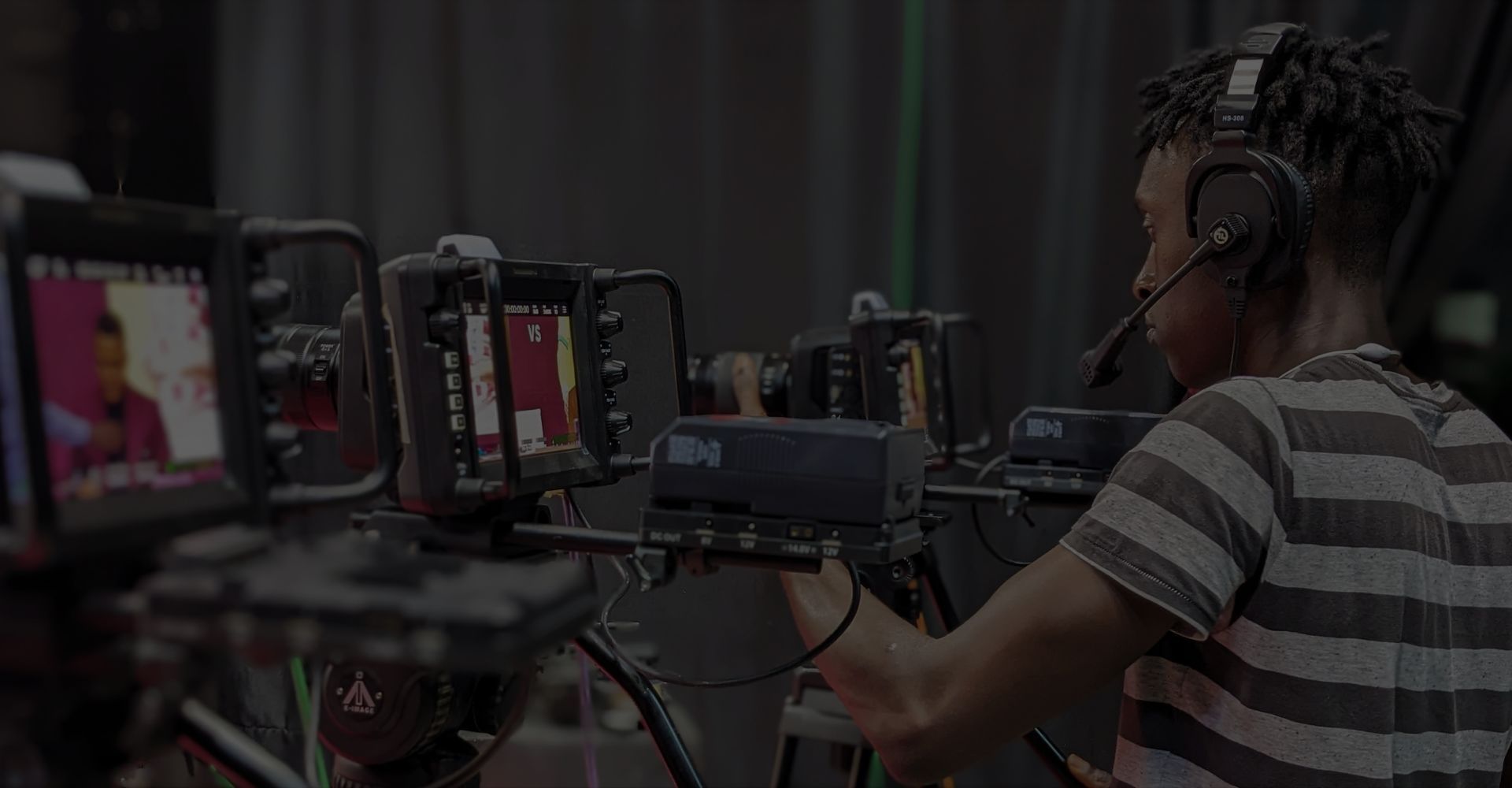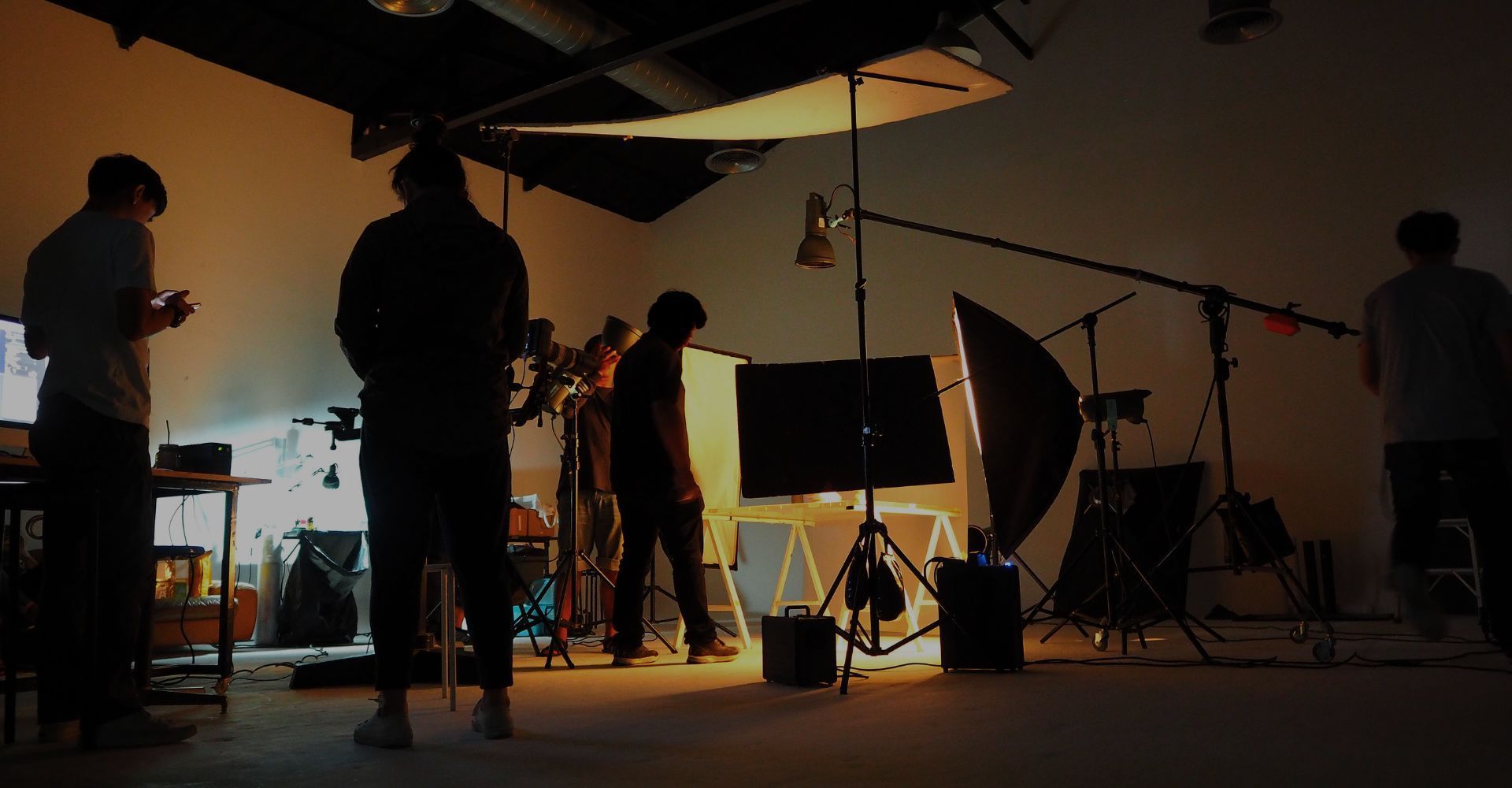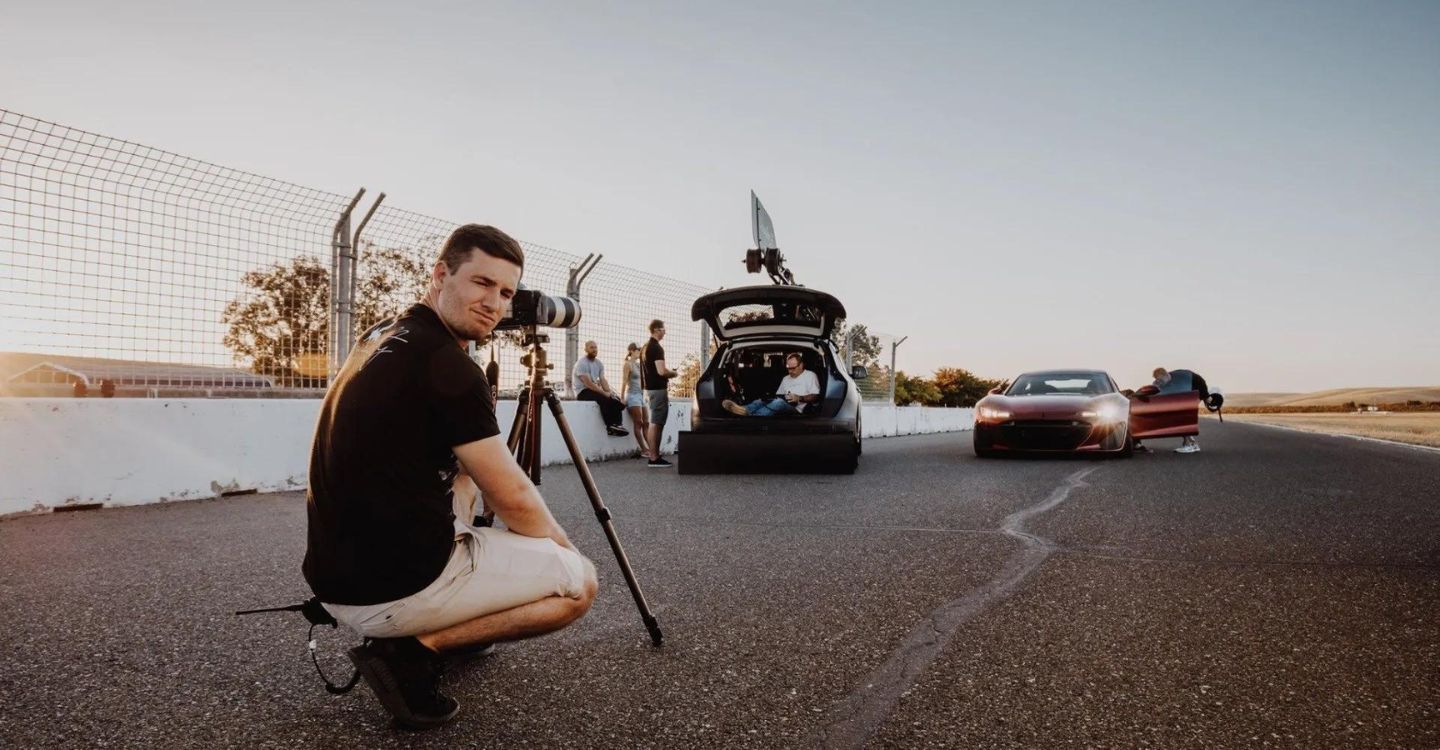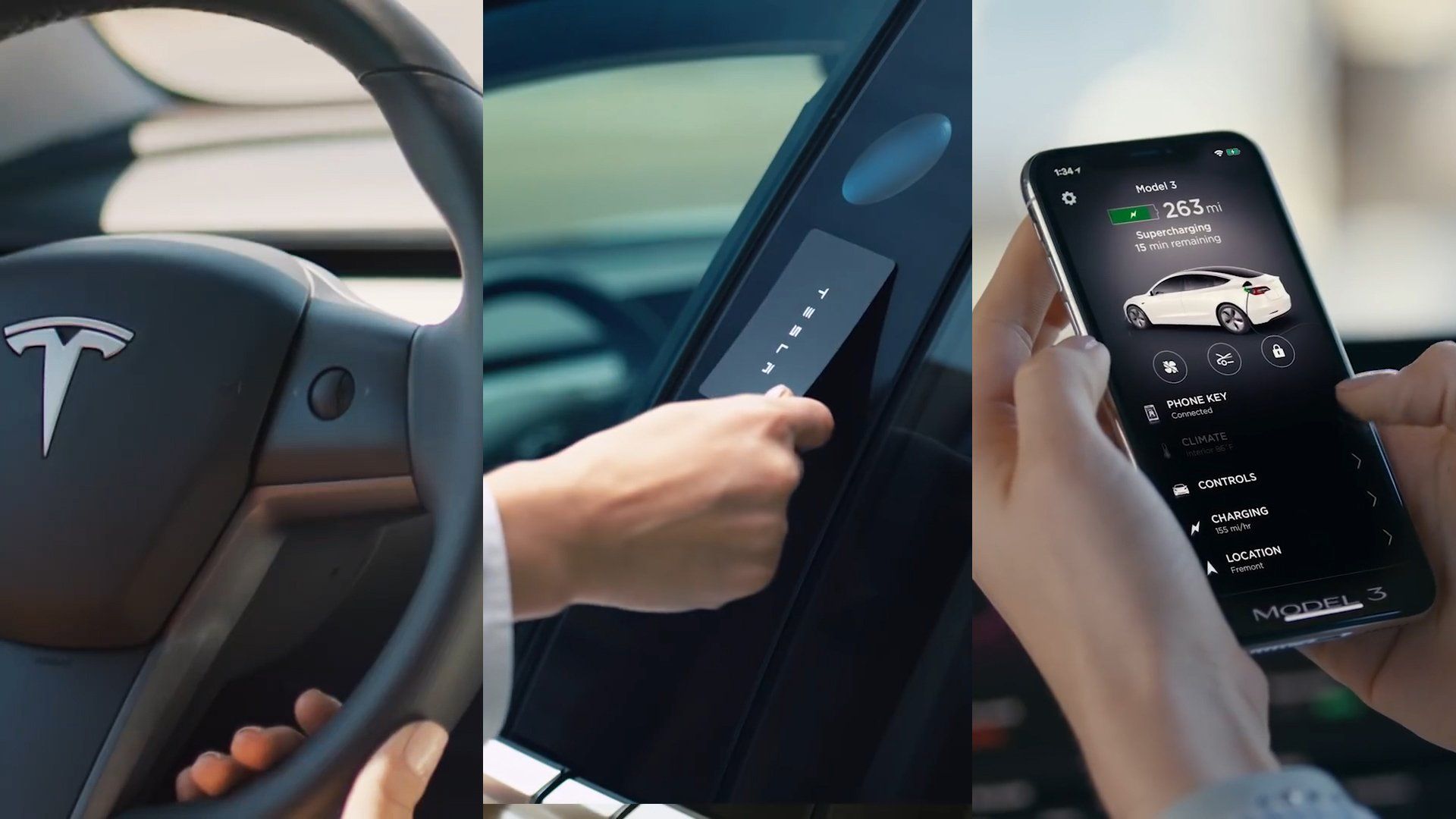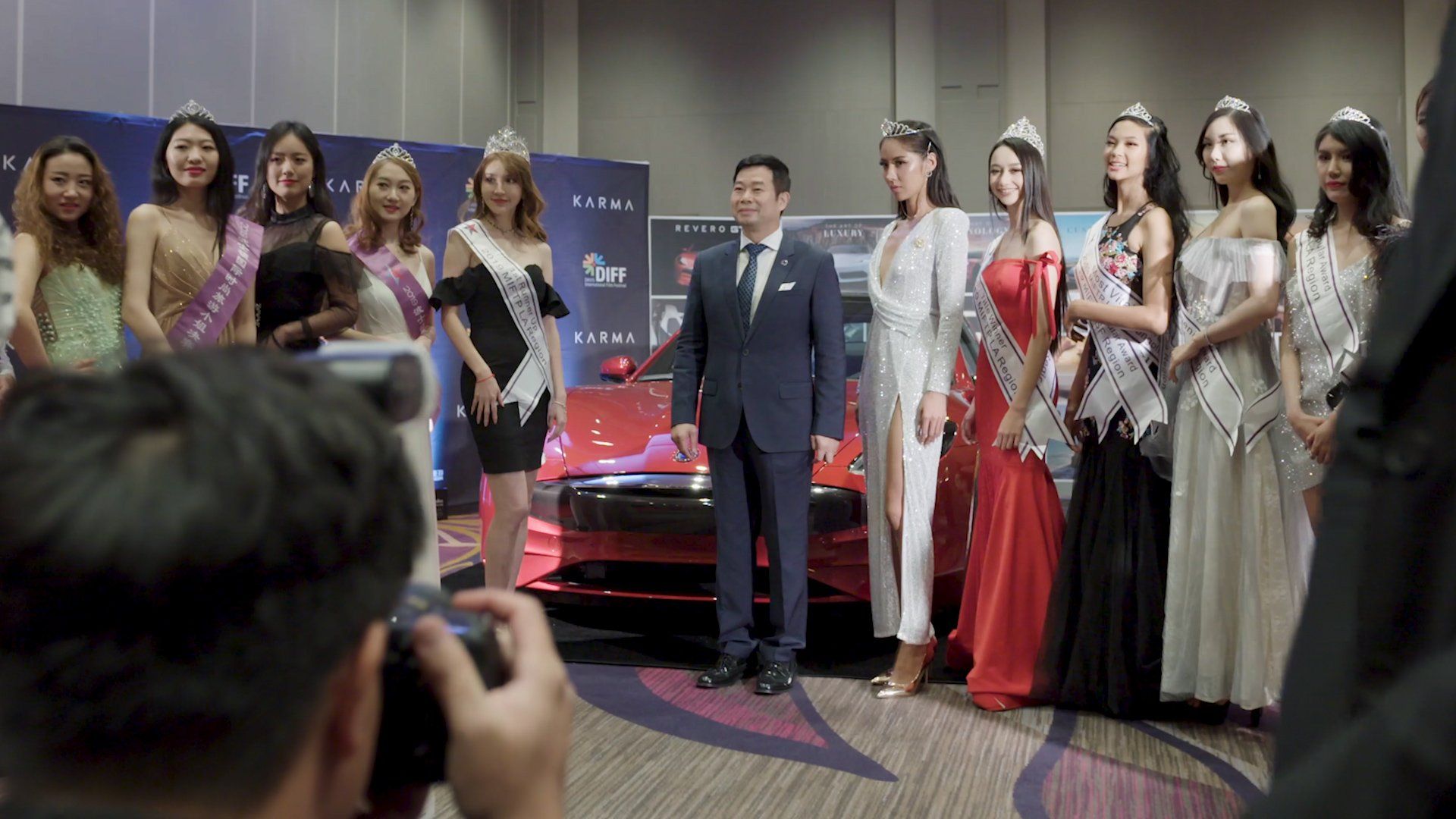Behind the Scenes: The Secrets to a Successful Production Day
Planning a production day can be complex, especially when juggling various elements like time, budget, and the need to create high-quality content. One of the critical factors that can significantly influence your production timeline and costs is lighting. Good lighting can transform your content from mediocre to professional, but it comes with its own set of requirements.
The Role of Lighting in Content Creation
With lighting, you'll often need to set up big, heavy lights, stands to hold them in place, power sources to keep them running, and carts to transport everything around. All of these elements require time, manpower, and resources. However, the result is well worth the effort, because the right lighting can elevate the overall quality of your content.


The Art of Shooting Interviews
In addition to lighting, interviews or "talking head" segments can also consume a considerable amount of time. To ensure seamless coverage, it's common to use two cameras. This approach allows for editing between camera angles to mask any errors or changes. The addition of a slider for one of the cameras can add a polished and dynamic look to your shots.
Fine-Tuning Visuals for On-Screen Talent
When shooting interviews, you want to also consider the lighting for the specific people on-screen. Factors like skin tone, hair color, and clothing all affect how the lighting interacts with the subjects. The background lighting is equally important, especially if you're shooting in a location like a library or an office with bookshelves. Properly illuminating the background can create a more natural and elevated look, but it requires careful planning and additional time.
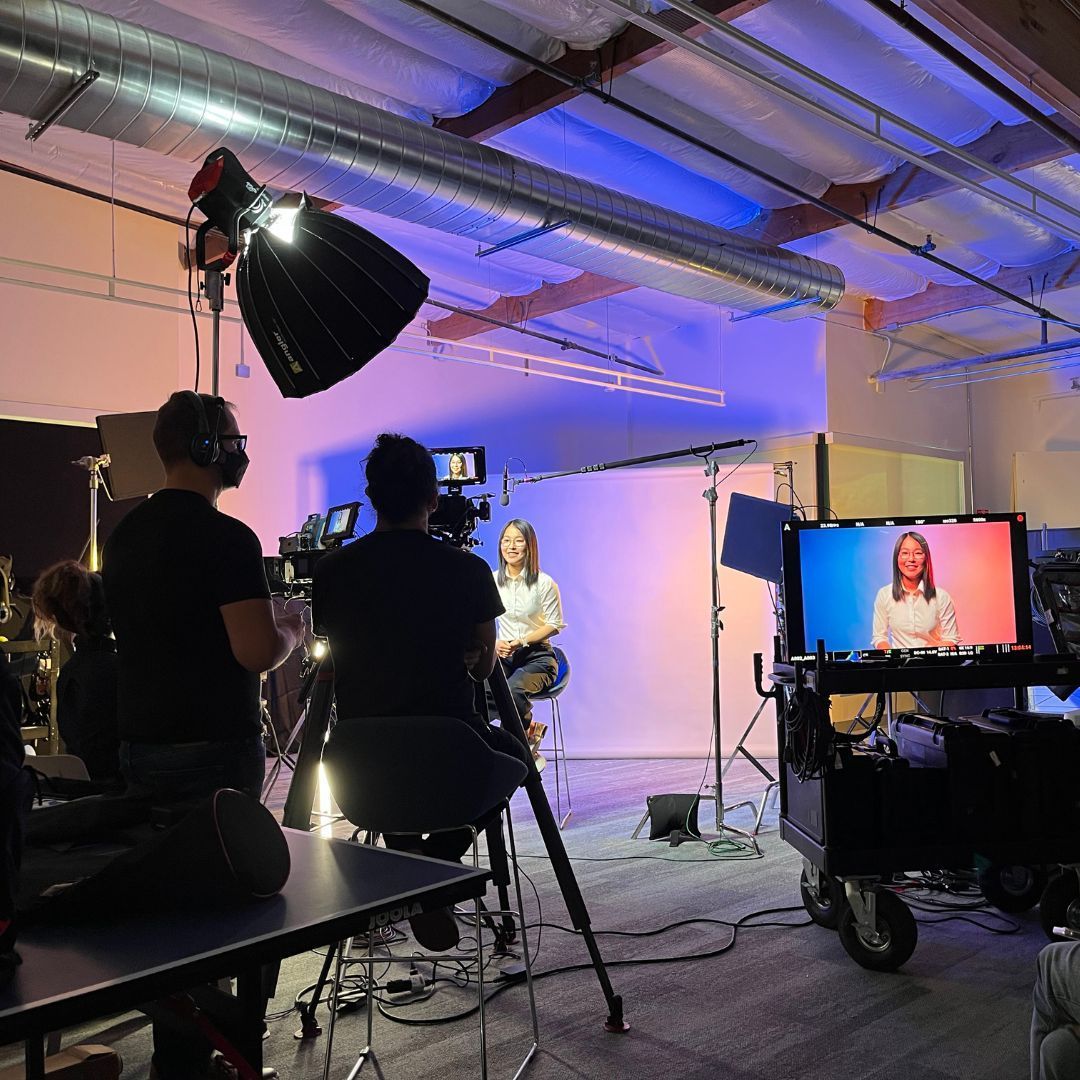
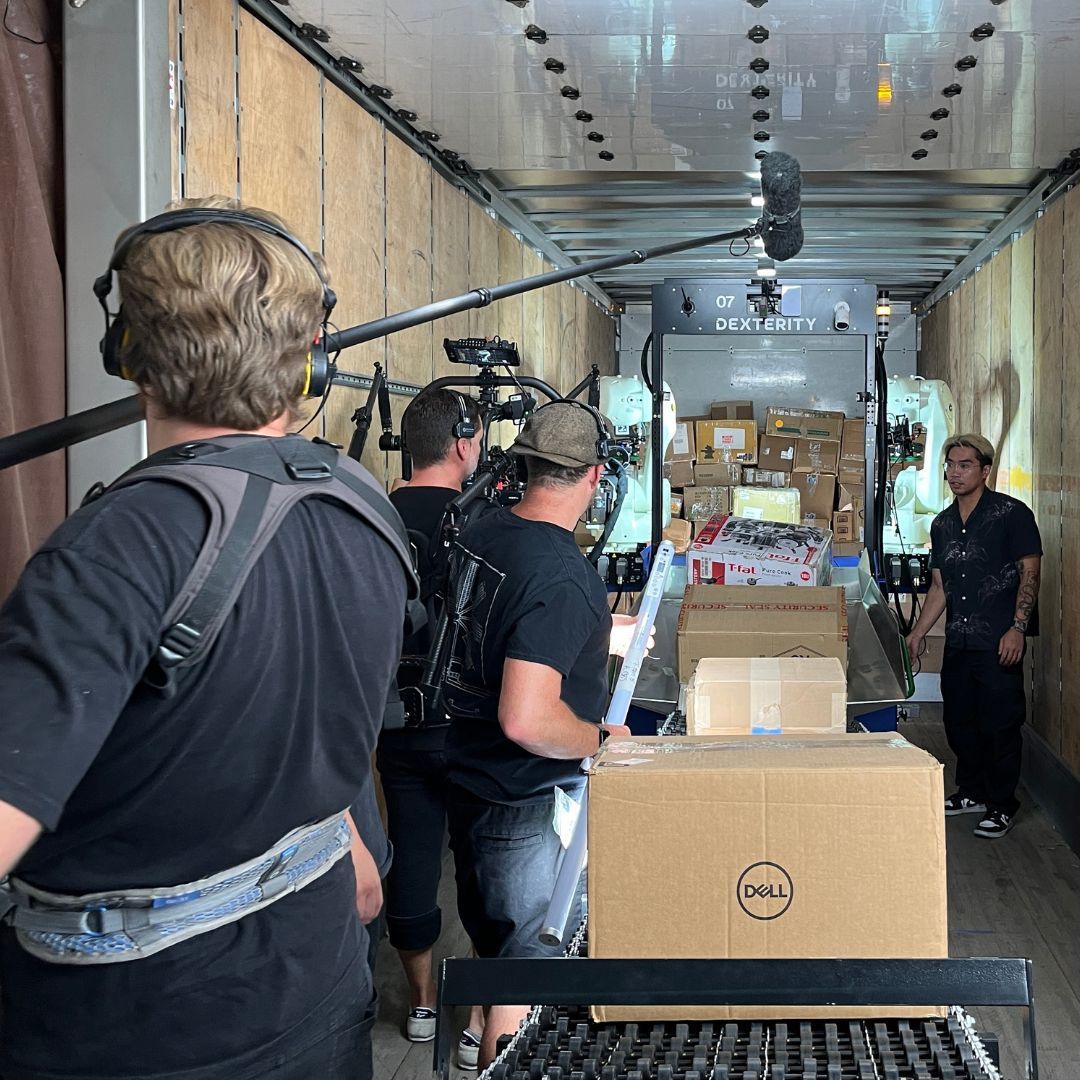
Ensuring Audio Quality in Your Production
On top of the visual elements, audio quality is another crucial aspect that can't be overlooked. Good audio ensures that your content is professional and engaging, even in challenging environments with background noise.
Bringing It All Together:
Key Takeaways for an Impactful Production Day
In terms of scheduling, it's essential to consider how many interviews you can realistically complete in a half-day or full-day production. Factors like location changes, equipment setup, and lighting adjustments can impact the number of interviews you can fit into your schedule. Generally, planning for two to three interviews in a half-day makes sense, depending on location proximity.
If you have time left in your production day, you can use it for capturing b-roll footage. However, creating a comprehensive video from just half a day of b-roll can be challenging. To have enough footage for a three-minute video, you might need to spread the work over two days. This allows you to capture a variety of shots and create a more dynamic and engaging video that effectively tells your story.
Ultimately, planning a production day requires specific consideration for each shoot. While it can be complex, each element plays a vital role in creating content that stands out and leaves a lasting impression on your audience. So, when you're thinking about your next production day, remember to factor in lighting, camera setups, audio quality, and scheduling to ensure a successful shoot and best quality final product.



